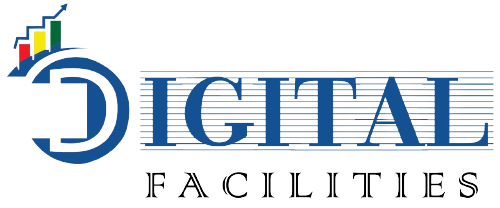How Wearables and RPM Tech Are Transforming Patient Care:The hospital is no longer bound by the hospital walls. With the advent of wearables and RPM, patients could be monitored in real time, regardless of where they were.
From health-tracking watches to devices that monitor blood sugar and deliver insulin doses, the new world of wearable technology is upending the way patients manage chronic diseases and boosting manufacturers’ fortunes in the process.
What Is RPM (Remote Patient Monitoring)?
Remote Patient Monitoring (RPM) uses digital technologies to collect medical and other forms of health data from individuals in one location and electronically transmit that information securely to health care providers in a different location for assessment and recommendations.
It lets doctors track chronic conditions, identify emerging issues, and take action early—and all of that without ever needing to bring a patient into a clinic.
How Wearables Enable Real-Time Monitoring
Wearables on the market today do far more than tell us how many steps we took that day. These state-of-the-art health-tracking medical devices monitor key health indicators in real time, such as
- Heart rate and rhythm
- Blood oxygen saturation (SpO₂)
- Glucose levels
- Sleep patterns
- Body temperature
- Blood pressure
Through connectivity with mobile apps and cloud solutions, patients and providers have immediate access to this data.
Remote Patient Monitoring (RPM) and wearable devices are transforming today’s healthcare landscape.
Early Detection Saves Live
24/7 monitoring allows doctors to identify irregularities before they escalate. For instance, doctors can detect and manage an abnormal heart rhythm before it escalates into a heart attack.
Better Chronic Disease Management
For patients with diabetes, hypertension, or COPD, ongoing monitoring means fewer trips to the Jeevika hospital and more reliable care.
Reduced Hospital Readmissions
RPM cuts readmissions through continued patient tracking post-discharge. It also offers doctors feedback on recovery in real time.
Patient Empowerment
Consumers are more engaged and likely to adapt their health-management habits when they can view their data on a daily basis.
Applications of RPM and Wearables in Clinical Practice
Cardiac Monitoring
Wearables can detect arrhythmias and send real-time alerts to a cardiologist, thereby benefiting heart patients.
Self-check of glucose with smart monitors that monitor blood sugars 24/7 and allow patients to more easily manage insulin to prevent problems.
Post-Surgical Recovery
Wearables track and report vital signs post-surgery, enabling early detection of infection or other issues.
Elderly & Homebound Patients
RPM allows caregivers and physicians to monitor a patient’s vitals without requiring physical visits, ensuring peace of mind & increased safety.
Benefits for Patients & Providers
For Patients, For Providers Care designed for you and for you. 96-hour access to patient data Less need for face-to-face visits Early action and treatment Less healthcare costs Optimized workflow and resource utilization Quality of life enhancement Better chronic disease management
Challenges and Considerations
While RPM offers tremendous potential, the technology’s adoption faces obstacles:
- Data privacy and security
- Device affordability
- Internet connectivity in rural areas
- User training for elderly patients
Policy, education, and innovation to overcome these barriers will be critical in promoting broader usage.
What is Next for Wearables in Healthcare?
Wearables will get even smarter as AI and IoT tech continue to advance. Think of having devices around us that are capable not only of gathering data but also of predicting health risks and acting and intervening, all automatically.
In India and across the world, the wearable health tech space is projected to grow at a CAGR of more than 20% in the next few years and redefine the way care is delivered within homes, hospitals, and more.
Wearables and RPM: The Future of Connected, Intelligent Healthcare Both wearable devices and RPM offer patients an enhanced level of care that we are committed to providing. They connect patients and providers—providing insights in real time, proactive care, and better results for doctors and patients.


